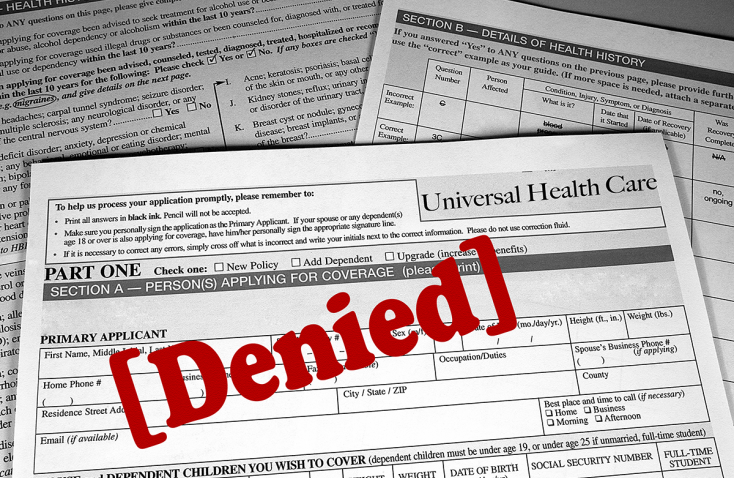to get insurance quotes in your area
When did car insurance become mandatory?

The first state to offer car liability insurance was Connecticut, and the year was 1925. Historically, this was a significant turning point and was one of the kickoff points that got the ball rolling towards what the automobile insurance industry is today. The first state to require auto insurance by law was Massachusetts, and it remained the only state to require car insurance until the year 1957. Now, almost all drivers in almost every state are required to purchase automobile insurance by law. The only state that does not require drivers to purchase automobile insurance is New Hampshire.
While automobile insurance was not required by law, many states did require drivers to prove financial responsibility in the event an automobile accident occurred that resulted in injury, death, or property damage. The easiest way, and the most cost-efficient way, to protect drivers from having their licenses suspended and to reduce financial risk, was through purchasing an auto insurance policy.
What did early Connecticut auto insurance laws require?
Because of Connecticut's financial responsibility laws, it is home to many of the oldest car insurance providers. This is also because it was the first state to offer auto liability insurance. Drivers that were involved in an accident that resulted in injury or property damage which was greater than $100 were required to demonstrate financial responsibility. The minimum level for this was $10,000. This was according to the Connecticut Public Acts, Chapter 183 in 1925.
To demonstrate financial responsibility, a driver in Connecticut could purchase motorist liability insurance in the amount that was required. They could also provide a bond in the amount required, or deposit bonds, stocks, or other negotiable financial instruments in the amount necessary (or more). Another option that they had available was simply to deposit currency in the amount required.
For people who were unable to demonstrate the needed financial responsibility, their driver’s license was suspended. If an injured person did not file a complaint after being involved in a car accident, the state did not know about the accident, and there would be no repercussions.
How did auto insurance laws differ from financial responsibility laws?
Even though proving financial responsibility did not need to happen until a car accident occurred, many people believed that preparing for a car accident before it happened was the best way to transfer risk. Because of this, the car insurance industry was officially born. The belief that a car insurance plan provided extra financial protection, and that this extra protection financially put them in a better position, led to automobile insurance laws in other states.
When did auto insurance laws for other states appear?
Many states passed financial responsibility and automobile insurance laws between the years of 1925 and 1965. There were three main different types of insurance laws that were passed, which included financial responsibility statutes, mandatory auto insurance laws, and uninsured driver penalties. While Massachusetts was the only state that required car insurance by law for many years, New York passed a law in 1956 that required it. North Carolina followed suit in 1957. This created a domino effect that ended with most states requiring automobile insurance for all drivers.
Are there any states today that do not require auto insurance?
By the year 2010, all of the states except one, as well as the District of Columbia, required compulsory auto insurance. New Hampshire is the one state that still allows people to drive uninsured. New Hampshire has maintained its support in each individual driver's financial responsibility to operate and drive a motor vehicle. Because of the mandatory requirement for insurance and financial responsibility, a large percentage of drivers in nearly all states purchase car insurance policies. Some do not, however, which led to the rise and importance of uninsured motorist protection.
Car insurance remains the easiest way to demonstrate your financial responsibility in all 50 states, as well as the District of Columbia. To get the best prices on car insurance, you will want to compare auto insurance rates on a website like this one. Saving money on car insurance will help keep you on more solid financial footing, while also protecting you in case an expensive car accident occurs.








Add new comment